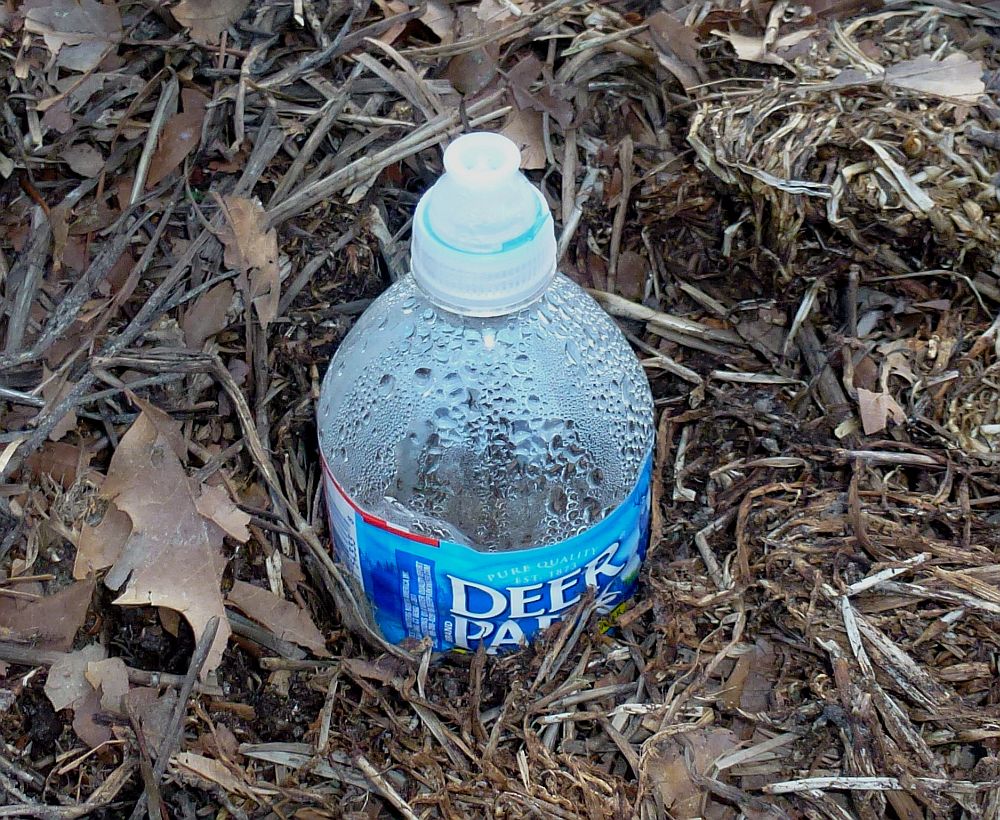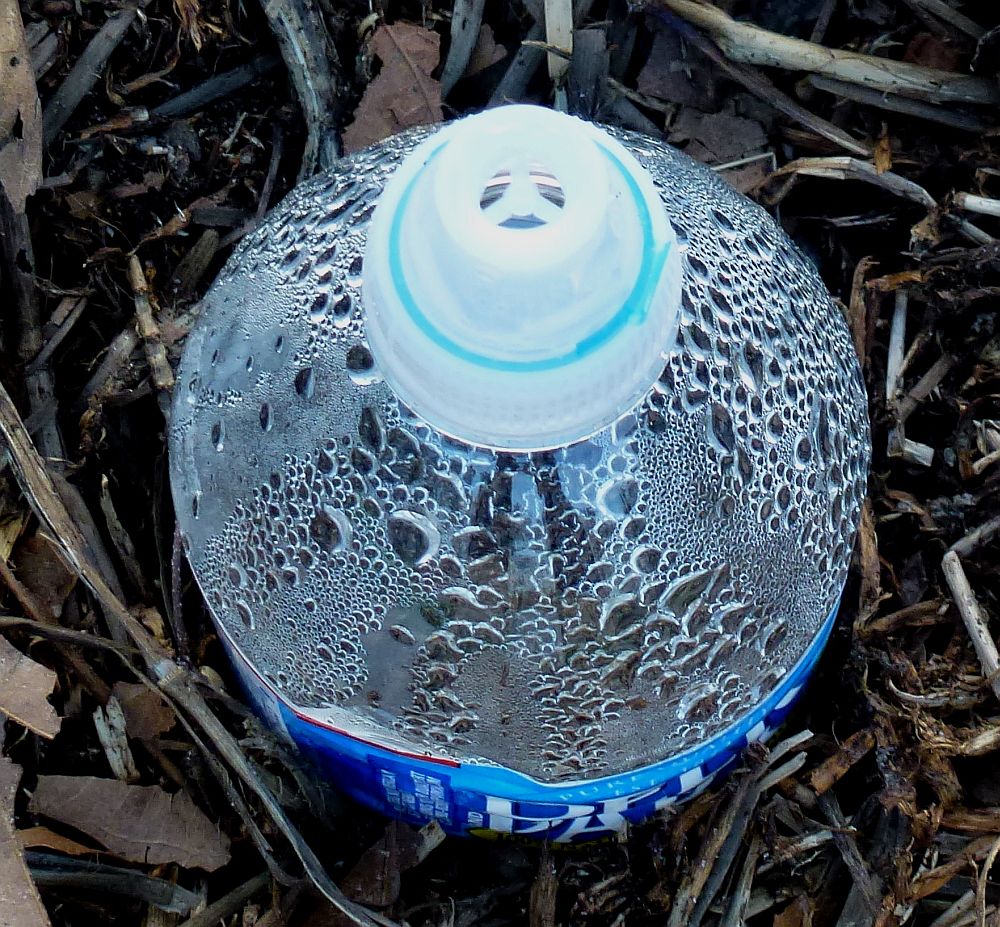 This is a guest post by Julie Clark, who shared her photos on Homegrown and tips on the RCR Facebook page and kindly volunteered to turn them into a full post. Julie Clark is a freelance writer and organic gardener in coastal Virginia, USA. She enjoys reading, learning guitar, writing, and walking with her dog on the beach. She is married and has one son.
This is a guest post by Julie Clark, who shared her photos on Homegrown and tips on the RCR Facebook page and kindly volunteered to turn them into a full post. Julie Clark is a freelance writer and organic gardener in coastal Virginia, USA. She enjoys reading, learning guitar, writing, and walking with her dog on the beach. She is married and has one son.
In my area of coastal Virginia we often get a false spring. After several years of running out and planting seeds too early and seeing healthy seedlings killed by an early frost, I tried to think of a way to plant early and keep the seedlings alive.
After finishing a bottle of water one day I thought how neat the top was and wondered what the bottle could be used for. Immediately it came to mind that if I cut the top off (roughly cut in half) it could make a sort of mini greenhouse and hopefully seeds planted would be protected from frost. It cost nothing to try so I planted about a dozen tomato seeds and a dozen bell pepper seeds in raised beds and then put the bottle top over where the seeds were planted. The seeds germinated and grew into healthy little seedlings. A frost was forecast when the seedlings were about 3-4 inches and did nothing special to the bottle tops—it had occurred to me to throw a row cover over the gardens but I was curious as to what would happen (I had back up seedlings started in the house!).
The next morning I could see that the seedlings, all of them, were fine. I did not uncover them to look as it was a coldish morning. They continued to thrive and did even better than the seedlings which had been started in the house.
The bottle tops can also be used to cover transplanted seedlings that were started indoors. In my eagerness last year to put out transplants, I was dismayed when a strong rain flattened them. The bottles keep warmth in and protect from the element without getting too hot inside.
That was the spring of 2009 and this is my third year of using the bottle tops in this manner. I use the bottom half of the bottle for starting seeds, or sometimes I cut a vent in them and use them the same way as the tops.
I was asked if mold formed inside the bottle or on the soil and there has been no mold, mildew, or any problems associated with using the bottles.
I reuse bottles from year to year and I share them with fellow gardeners. I enjoying finding new uses for what would otherwise be trash and I’m delighted to share this tip with others!
In a follow-up message Julie added this additional tip: I would caution beginner gardeners to experiment but have a back up (Julie had other seedlings starting in the house in case the ones planted early with bottles didn't make it). There are micro-climates where the air is colder, even on the same property of land. We have warm and cold spots...but that's probably another blog topic.
p.s. In gardening books you may see the term 'cloche' used, particularly when talking about season extension or four-season harvesting. A cloche is a bell-shaped glass cover placed over a plant to protect it from the elements. These bottle greenhouses follow the same idea, so anytime you see cloches mentioned, think reusable materials!



